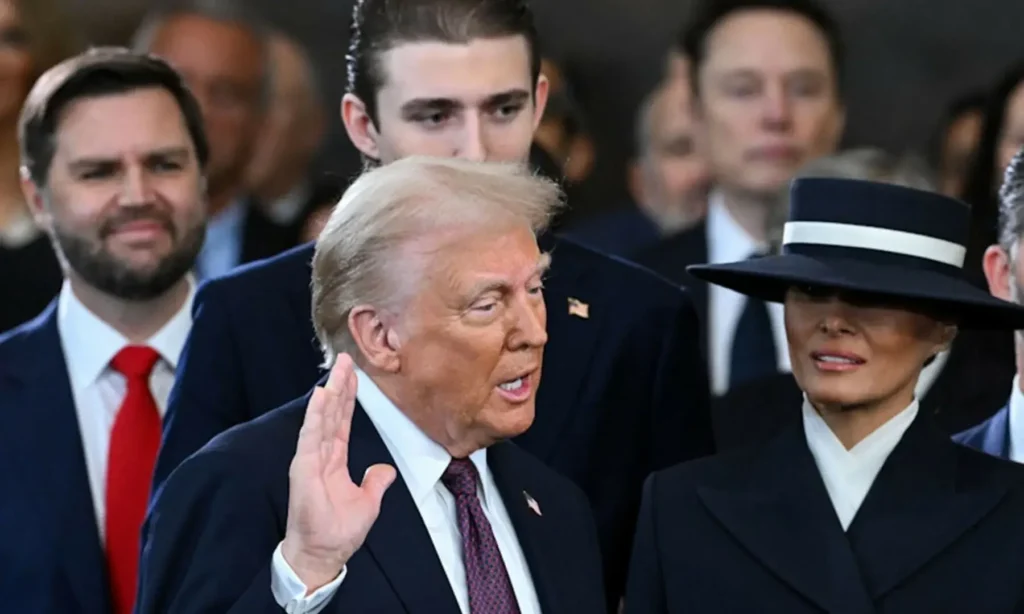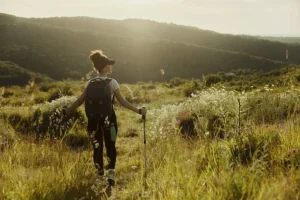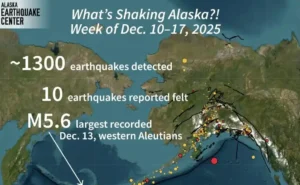The Trump administration has reversed Alaska wilderness drilling protections, reopening the National Petroleum Reserve Alaska (NPRA) to fossil fuel extraction. Interior Secretary Doug Burgum announced the move on Monday in Alaska, flanked by EPA chief Lee Zeldin and Energy Secretary Chris Wright.
Burgum said the Biden administration’s 2023 executive order undermined energy independence by halting oil and gas production in critical Alaskan reserves. He added that the new directive reflects a return to common sense, emphasizing energy as a national security and economic stability pillar.
The 23 million acres NPR-A located 600 miles north of Anchorage had remained shielded from drilling since Biden’s December order. Environmental advocates called the region vital for Arctic species like caribou and migratory birds and warned of irreversible damage.
Donald Trump signed the reversal as part of his national energy emergency plan, which was declared on his first day in office. This strategy includes multiple executive orders to boost fossil fuel development and overturn climate protections introduced during the Biden presidency.
Opponents argue that Trump’s plan sacrifices ecological integrity for corporate gain. Kristen Miller of the Alaska Wilderness League called the move an outrageous attempt to sell public lands to oil billionaires.
She added that Indigenous communities depend on these lands for subsistence and cultural survival. The NPR-A, created in the early 1900s for military fuel storage, saw commercial expansion in 1976.
Congress stipulated development must balance with wildlife and land protections, a clause environmental groups say the Trump order disregards. Past efforts to open Arctic regions to drill, like the 2021 lease auction in the Arctic National Wildlife Refuge, failed to attract bidders.
Critics say this reflects wear investor interest despite political support. The Trump administration’s decision to reverse the drilling protection now sets the stage for legal battles and potential unrest among environmentalists and indigenous groups determined to preserve Alaska’s fragile ecosystems.












